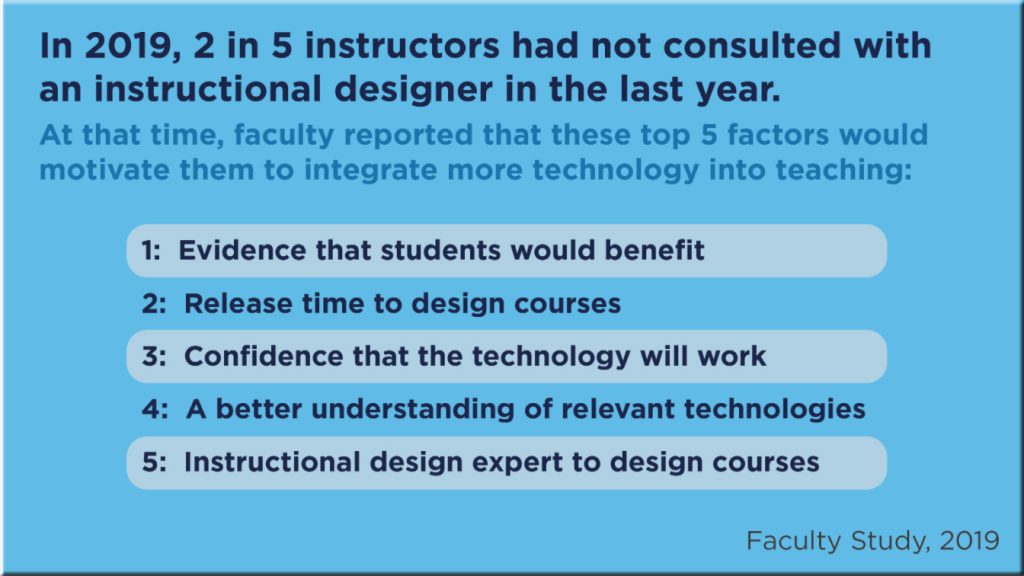Flipped Learning Can Be a Key to Transforming Teaching and Learning Post-Pandemic — from edsurge.com by Robert Talbert
Excerpt (emphasis DSC):
What is flipped learning? A common and oversimplified answer is that it is an approach that asks students to watch lecture videos at home before class so that class time can be used for more interactive activities.
But the best way to describe it is to contrast it with traditional teaching frameworks. In the traditional framework, students get first contact with new concepts in class (the “group space” as I call it in my book on flipped learning) and then higher-level interactions are all on the student side through homework and so on (in the “individual space”). Flipped learning puts first contact with new ideas before group space activities, then uses the group space for active learning on mid- and upper-level tasks.
It’s worthwhile to compare flipped and traditional frameworks by contrasting the assumptions that each framework makes…
We can no longer assume that a pure lecture pedagogy is an acceptable teaching model or that banning technology is an acceptable practice.









